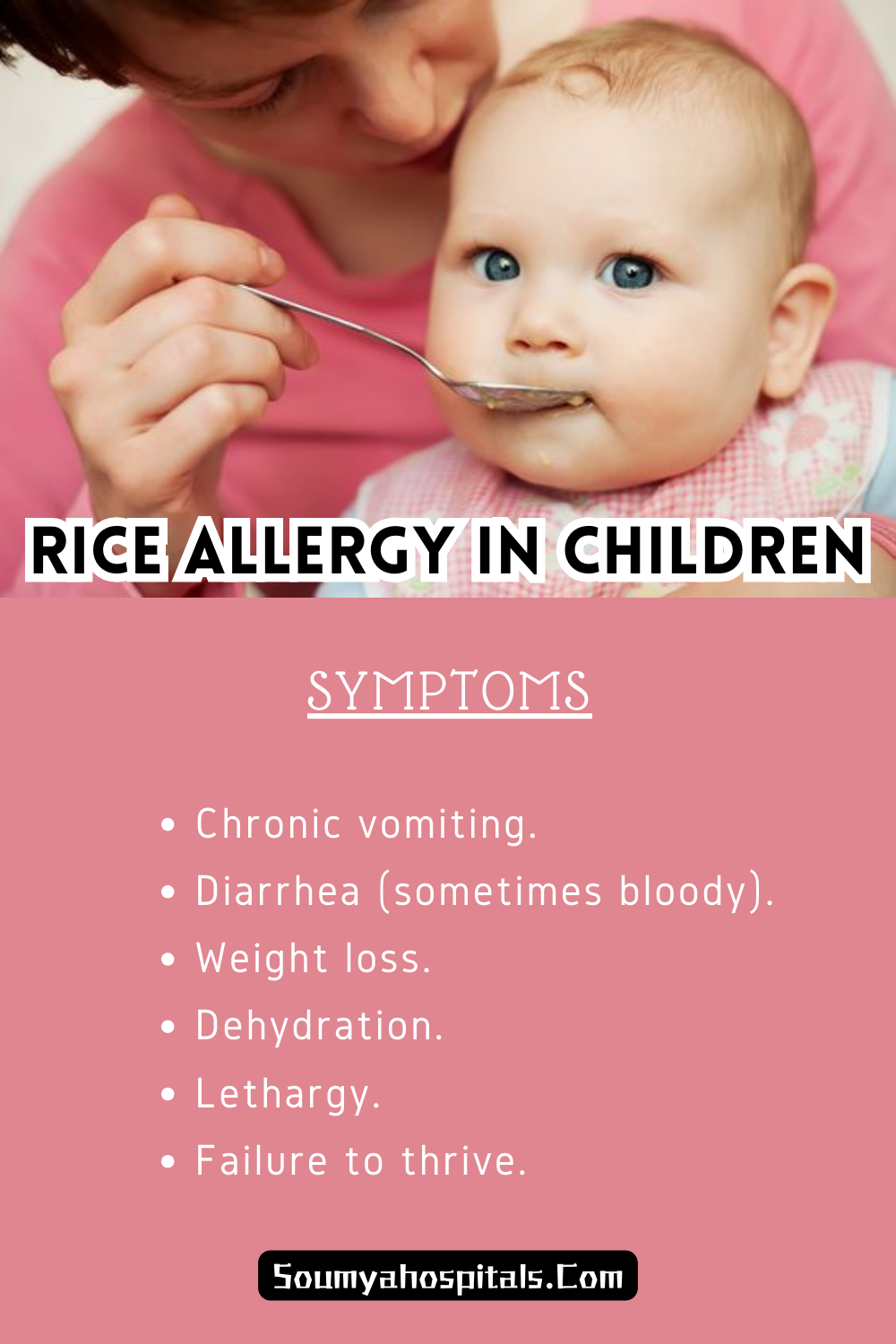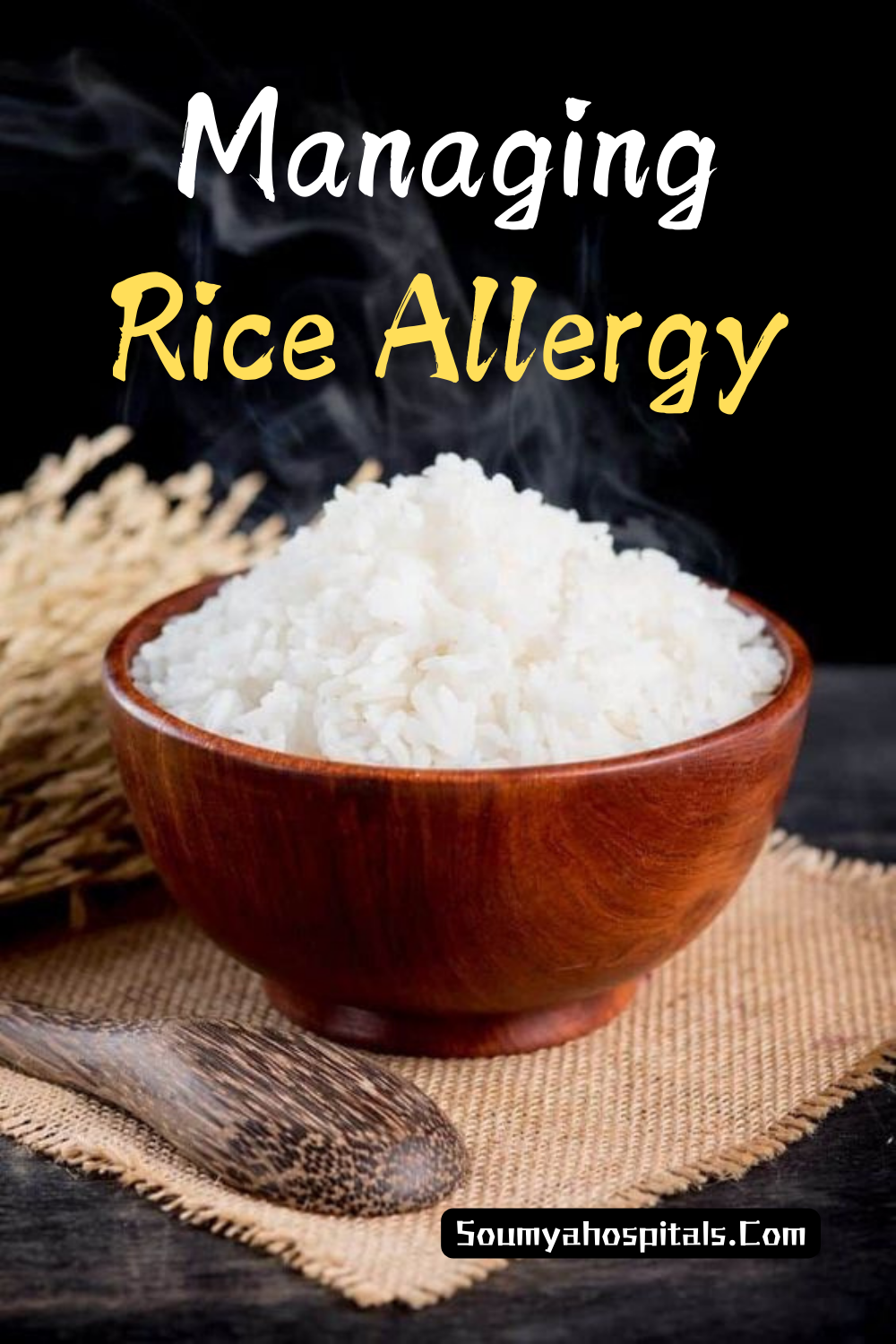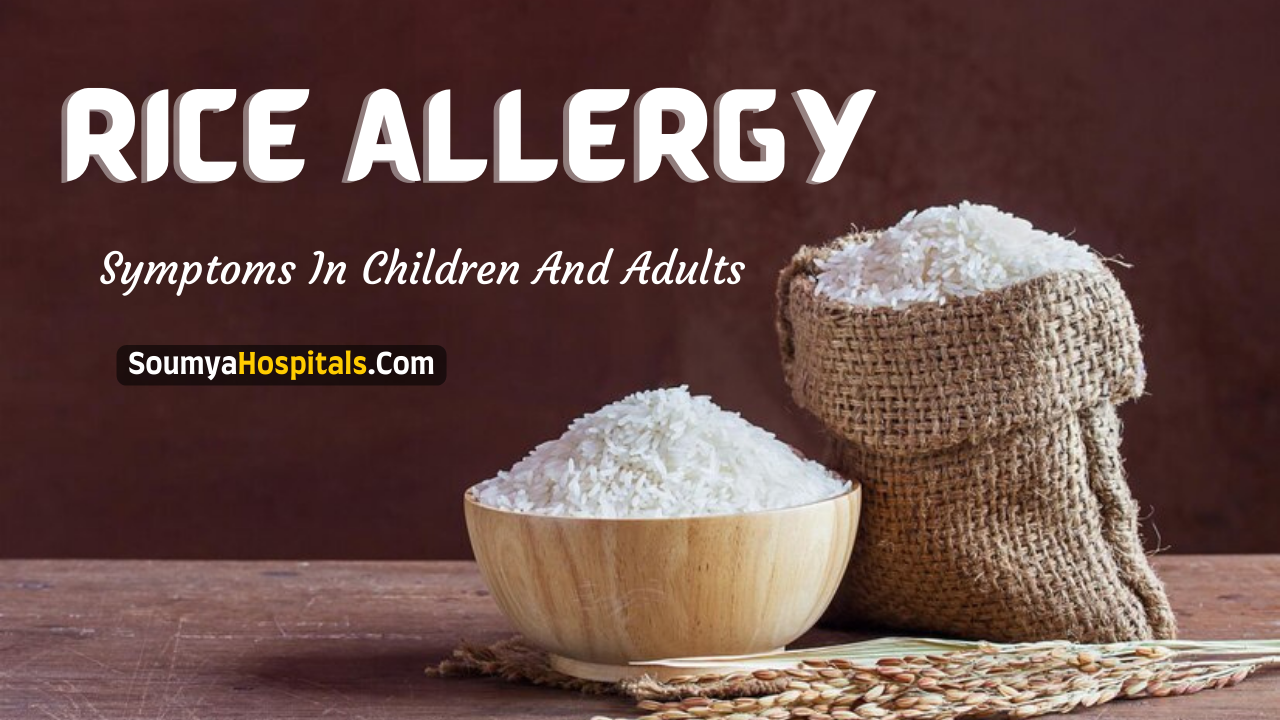Popular in Asian countries, rice supplies over half the calories for at least half the world’s population. Whether you enjoy rice or have turned to it as an alternative to gluten, you should be aware of the risk associated with rice.
Rice allergy, although rare, is a potentially deadly response by your immune system to rice or rice-based foods. Although rice allergy is more common in Eastern Asia than in the Western nations, the incidences of the allergy are believed to be increasing globally. Here’s how you can find out if you are allergic to rice.
Also Check: Nutritional Value Of White Rice
Symptoms Of Rice Allergy In Adults
These symptoms of rice allergy are found in both adults and children. These symptoms include the following.
- Asthma and respiratory issues.
- Atopic dermatitis or eczema, which appears as red, itchy rashes on the skin.
- Atopic dermatitis with eye complications, such as misshaped cornea and inflamed eyelids.
- Contact urticaria, which appears as red hives, fissures, blisters, or rashes where the skin meets the allergen.
- Difficulty in breathing while exercising.
- Food protein-induced enterocolitis syndrome (FPIES), which causes diarrhea, vomiting, and dehydration.
- Abdominal cramping and stomach ache
- Rhinitis (sneezing, running nose, watery eyes.)
- Rhinoconjunctivitis (Rhinities accompanied by red, itchy eyes)
- Contact urticaria (Rashes, redness, blister, fissures, hives, peeling, or ulcers)
One study observes the symptoms displayed by a hypersensitive non-Asian individual when he was exposed to rice. The subject was a 33-year-old German. The symptoms shown by him included an outbreak of hives, pruritus (itch skin), angioedema (red welts and swelling) of the lips, eyelids, and tongue, dysphagia (difficulty in swallowing), and dyspnea (shortness of breath). These symptoms appeared about 15–20 min after eating whole meals containing cooked rice.
Another study examined the physical allergic reactions of 24 patients (aged between 3 and 72 years) to rice. Six of the 24 patients showed symptoms such as rashes on their lips, face, and body after ingesting rice porridge or rice cookies.
Symptoms Of Rice Allergy In Children

Food protein-induced enterocolitis syndrome (FPIES) – marked by vomiting, diarrhea, and dehydration – is more commonly observed in children. FPIES symptoms begin early in life. These symptoms may also develop after an infant starts eating rice, oats, barley, and similar foods, typically after 4 months of age.
The symptoms of FPIES are confined to the gastrointestinal system and they include the following.
- Chronic vomiting.
- Diarrhea (sometimes bloody).
- Weight loss.
- Dehydration.
- Lethargy.
- Failure to thrive.
Allergens Found In Rice
Rice proteins with molecular masses of 14–16, 26, 33, and 56 kDa have been demonstrated to be the allergens in rice. The majority of the allergic components are albumins – a family of proteins – with molecular weights between 14 and 16 kDa.
Cross-Allergenicity Between Cereal Grains
The 16-kilodalton rice protein has been reported to be a major allergen and responsible for cross-allergenicity between cereal grains in the Poaceae family. So, if you have a rice allergy, your immune system could also react strongly to the following grains.
- Maize
- Wheat
- Rice
- Barley
- Millet
- Oats
- Rye
- Sorghum
- Lemongrass
Raw Rice Is More Dangerous
Generally, raw rice is more allergenic than cooked rice. However, some rice proteins (like the lipid transfer protein) are heat stable and resist protein breakdown, thereby triggering an allergic reaction to cooked rice as well.
Although raw rice is inedible, it is often craved by anemic individuals with the PICA syndrome. In some cultures, raw rice is ground and added to delicacies. If you have a rice allergy, make sure that your food is free of rice or rice powder, especially if you’re eating out, as rice can sometimes crop up in foods that aren’t primarily rice-based.
Individuals with a hypersensitivity to rice may also experience an allergic reaction if they smell or inhale rice steam. There is little information on whether the intensity of an allergic response varies based on the kind of rice. However, it’s safe to stay away from all types of rice, be it brown or white rice, if you are aware of your allergy.
Managing Rice Allergy

Treating rice allergy can be a challenge. Eliminating the trigger food is the first thing one can do to avoid food allergies. Therefore, eliminating rice and rice products can help in reducing the symptoms of the allergy. Make sure to consult a general practitioner before you eliminate any food. Of late, genetically modified rice grains have been touted as an alternative to rice, as they are free of allergenic rice proteins.
When you allergic to rice, your immune system produces antibodies (Immunoglobin E or igE) to fight the possible allergen. To diagnose a rice allergy, you’d have to take a blood test. If you notice the presence of these antibodies in the blood, it confirms the presence of an allergy. Another way to diagnose a rice allergy is the skin-prick test. When your skin is priced with a rice mixture, a mild allergic reaction is caused, which raises bumps on the surface of the skin. The prick test should only be performed by a certified health professional.
Rice allergy in infants and children can be life-threatening. If you notice that your toddler displays any of the symptoms of rice allergy, seek immediate medical aid.
Read More Posts:
